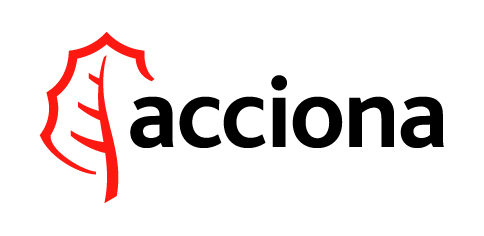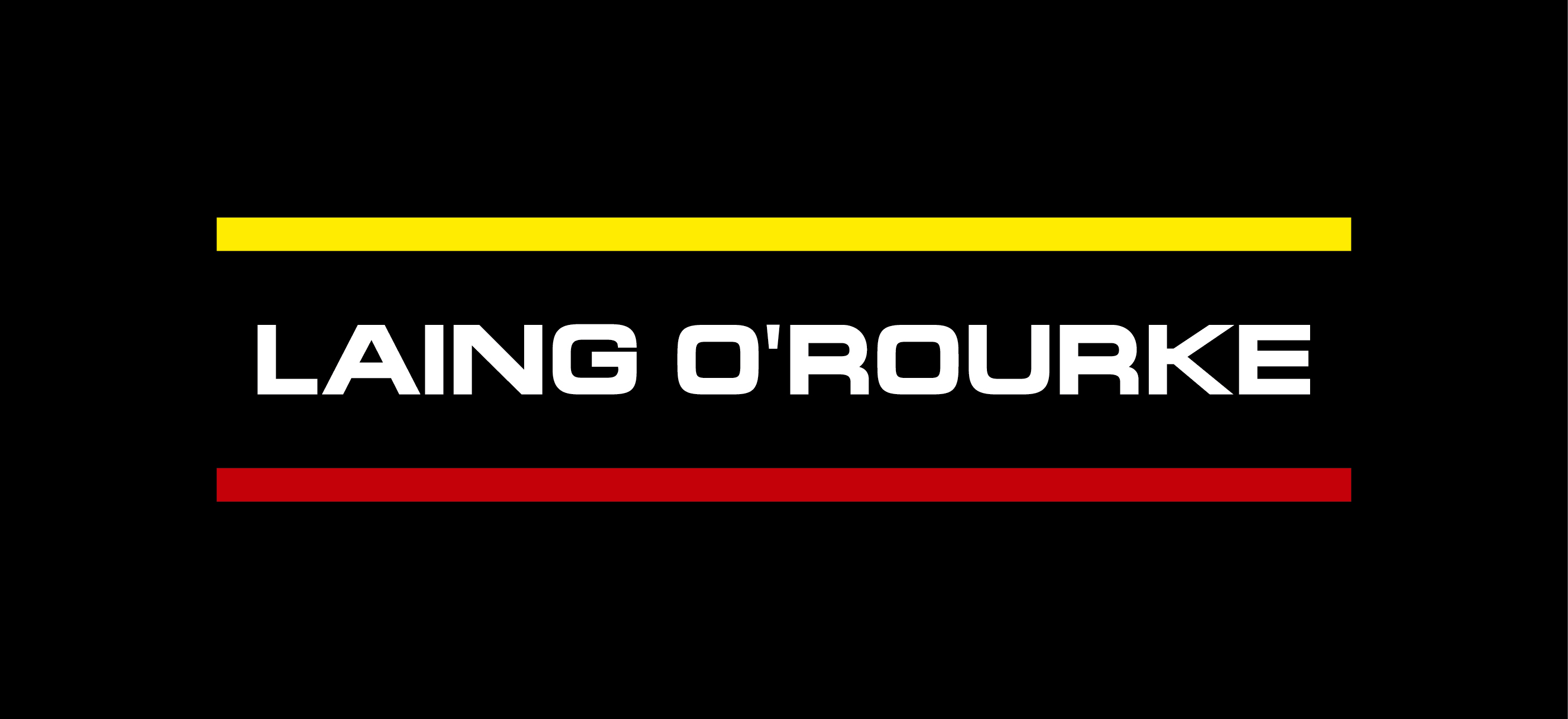
The value of Queensland’s major construction and engineering future project pipeline has grown by almost 25% in the last 12 months, reaching $62 billion across the next 5 years, according to the Queensland Major Projects Pipeline report, released today by Queensland Major Contractors Association.
The report, in its 10th year, evaluates the current market outlook and medium term major project construction pipeline across the state.
QMCA CEO Andrew Chapman outlined a positive outlook for the state, “Queensland is an exciting place to be with infrastructure investment set to soar over the next five years. The Queensland Major Projects Pipeline Report $62 billion worth of projects, with significant growth in rail and road transport and energy, boosting the pipeline by 25% over the last 12 months.”
“The state’s resources market remains affected by global conditions, and while there is strong interest in growth in base metals and other minerals for the new energy storage solutions, coal (thermal) and other projects are stalled in the short term. Renewable energy projects continue to develop and in the future hydrogen energy production related infrastructure will be needed too.”
The report also identified a significant improvement in project funding, with funded projects accounting for $35.5bn of the total pipeline.
“136 major projects are funded, which is fantastic news for the industry and for Queenslanders who will directly benefit from significant investment in construction and engineering, through supply chain and employment opportunities as well as the through access to economically beneficial assets delivered in the coming years.”
“Funded works currently peak in 2022/23 – but could surge higher in 2023/24 – reaching $17bn in construction work undertaken in 2023/24 alone, if all projects proceed. This would be the highest level of infrastructure investment in Queensland since the peak of the resources boom,” said Mr Chapman.
Opportunities
The report outlines several opportunities to enhance the pipeline, increase funding options and create an infrastructure legacy for the state.
“The SEQ Olympics represents a once in a generation opportunity for infrastructure investment, and we predict an uplift in the pipeline from 2024 onwards as the Olympic infrastructure and legacy infrastructure starts to be delivered. The region will be the focus of the world’s attention, and we will see significant visitor numbers as we host a global event. When coupled with a rapidly growing population, the pressure will be on to ensure that we can meet the transportation, energy and infrastructure demands of the games. However, we also have the opportunity to create infrastructure assets that look beyond the window of the games and create a legacy of economically beneficial infrastructure that Queenslanders can benefit from for the next 50 years.”
“A unified approach from all levels of government is required for success, and we would encourage the federal, state and local councils to progress the SEQ City Deal as soon as possible,” said Mr Chapman.
The transition to zero net emissions is also an opportunity for the state’s construction and infrastructure sector.
“Renewable energy generation and storage, as well as new energy exports such as Hydrogen, will have a significant role to play in the sector moving forward. We will need new and upgraded transmission lines, roads, rail infrastructure, ports, pipelines and more to support the state’s aim to be a global leader in renewables and clean energy. In addition, investment in transmission networks and energy generation through solar, wind and pumped hydro should all become stronger elements of the project pipeline in the years ahead,” said Mr Chapman.
With all levels of government facing spending and budgetary challenges, the report urges more to be done to look at sources of funding, appropriate partnership models and debt.
“Industry understands the pressure that public finances are under. However, many pressures are the result of ideology and not reality. We would encourage government to review the potential benefits of asset recycling, private sector operating leases, and public-private partnerships and consider the idea of good debt. Good debt is used to fund economically beneficial infrastructure that directly benefits the state; bad debt is when governments borrow to pay for operational expenses. More can be done to borrow for project investment, particularly when borrowing rates are at record lows, but the government needs to take a leadership position and clearly articulate the benefits of debt because not all debt is bad.”
Delivery Challenges
The report also identifies the potential barriers to delivering the state’s $62bn project pipeline, including resources and skills, productivity, sustainability, global demand and project approvals.
“Global markets dictate much of the resources investment, and their volatility could impact on projects in the sector. Construction materials supply and costs are increasing dramatically, and this is unlikely to ease for another 18 months as global demand outstrips supply.”
“The sector’s productivity is at the same level as it was at the turn of the century. Therefore we need to adapt and innovate across every aspect of project delivery. New technologies, artificial intelligence and machine learning can deliver significant productivity gains, and we must be open to new methodologies and ways of working to improve performance,” said Mr Chapman.
“From a project approval perspective, it still takes too long to scope projects, complete business cases, gain approvals and funding and have them ready for the market to deliver. With the SEQ Olympics just over a decade away, reform is required to ensure that we can deliver the infrastructure required to hold the best games ever,” said Mr Chapman.
Access to labour is one of the key areas of concern identified in the report.
“Queensland’s pipeline is strong, but there are challenges that could impact on the state’s ability to deliver projects. We are competing with the southern states for resources, both New South Wales and Victoria have significant project pipelines, close to double that of Queensland’s. This is a challenge from a labour force perspective, and when coupled with the fact that Queensland is lagging in apprenticeships and trainee numbers, a labour shortage is a real possibility,” said Mr Chapman.
Downloads
Click on the links below to download report information and datasets:
- DOWNLOAD THE REPORT EXECUTIVE SUMMARY
- DOWNLOAD THE FULL QUEENSLAND MAJOR PROJECTS PIPELINE REPORT
- DOWNLOAD THE REPORT DATA SETS
Download the region by region breakdowns
















